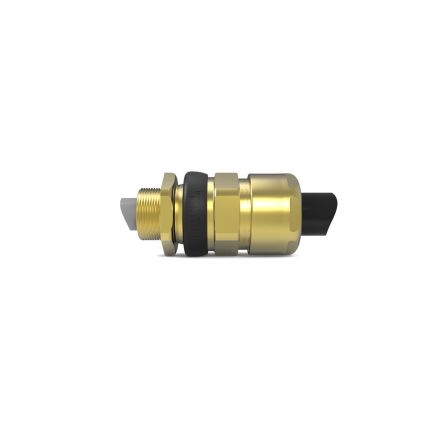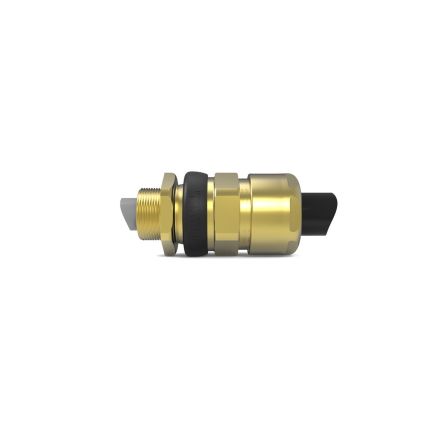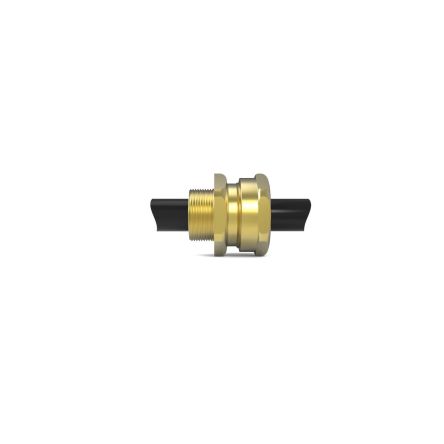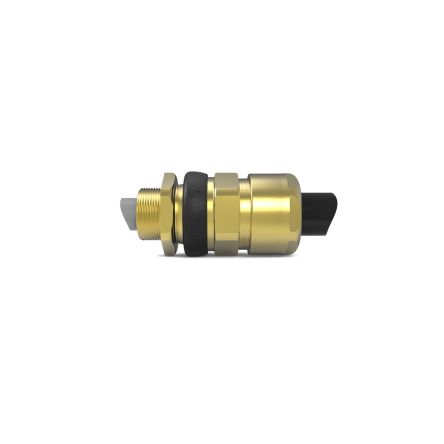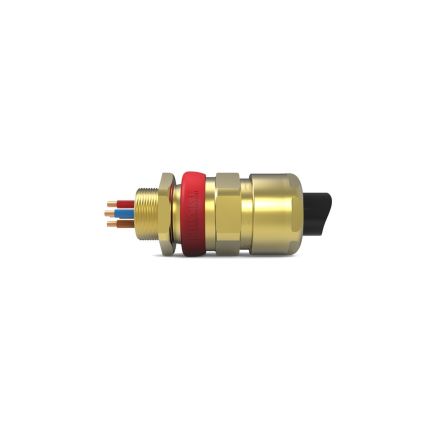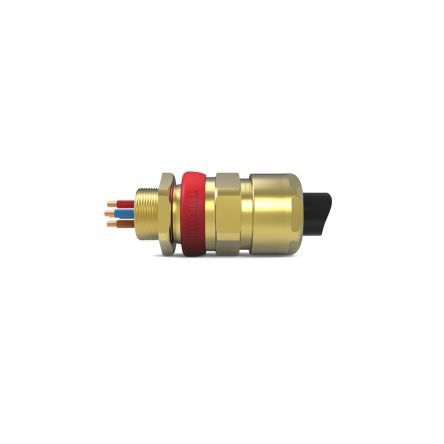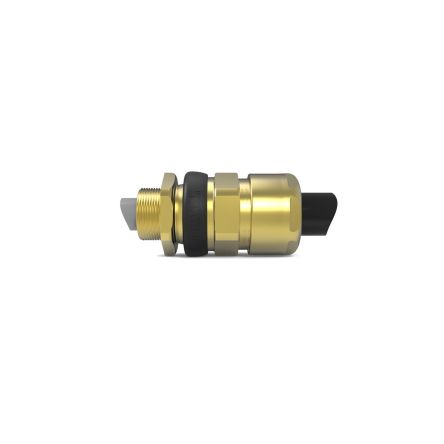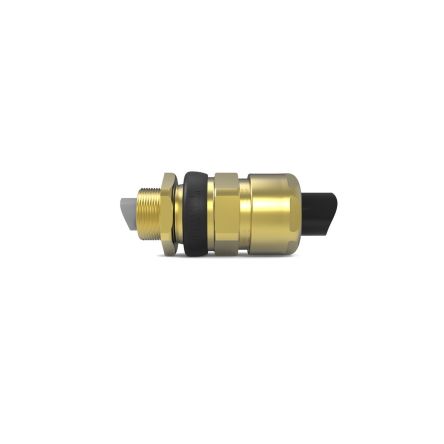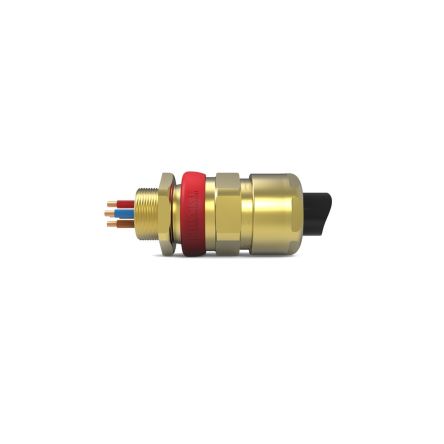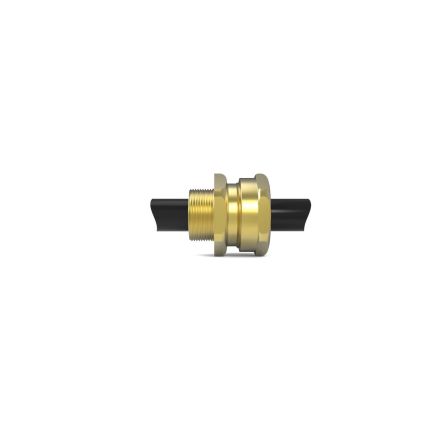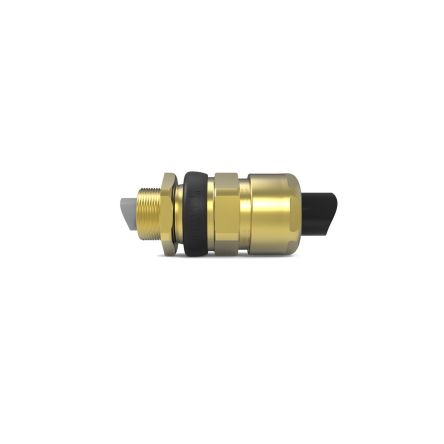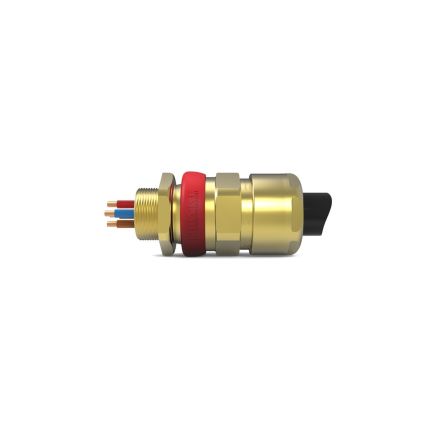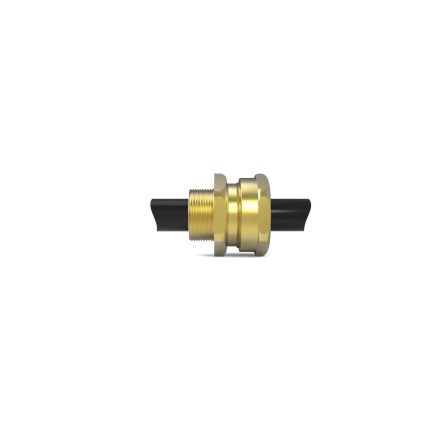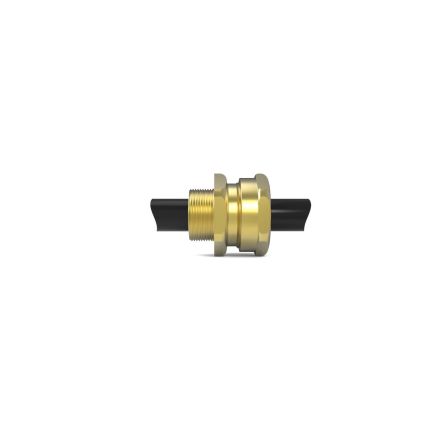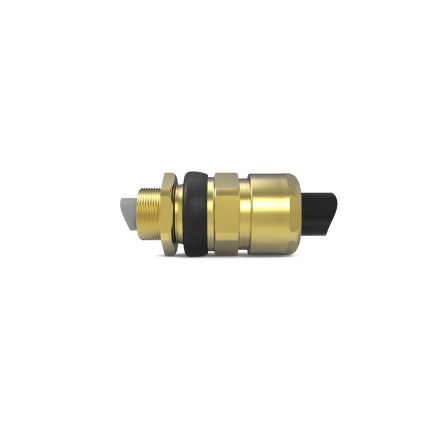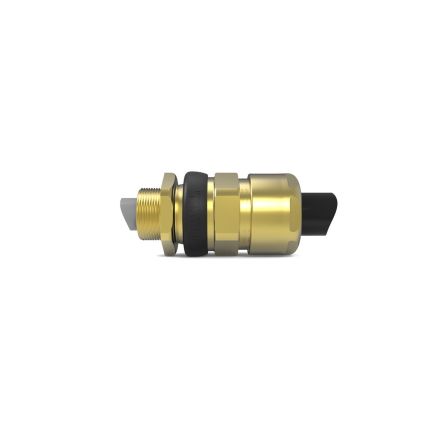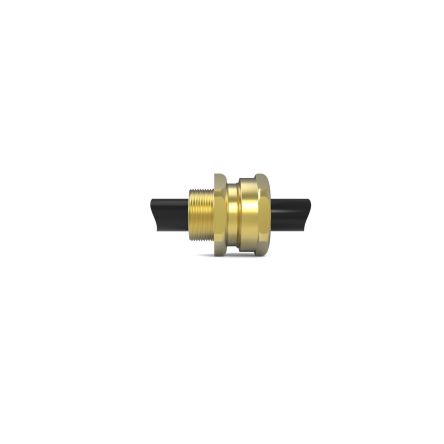- Automation & Control Gear
- Cables & Wires
- Enclosures & Server Racks
- Fuses & Circuit Breakers
- HVAC, Fans & Thermal Management
- Lighting
- Relays & Signal Conditioning
- Switches
- Batteries & Chargers
- Connectors
- Displays & Optoelectronics
- ESD Control, Cleanroom & PCB Prototyping
- Passive Components
- Power Supplies & Transformers
- Raspberry Pi, Arduino, ROCK, STEM Education & Development Tools
- Semiconductors
Hawke Cable Glands
Cable glands, also known as cable connectors or cable fittings, are mechanical devices used to securely attach and seal cables to equipment, enclosures, or surfaces while providing protection against environmental factors such as dust, moisture, and even the entry of gases or liquids. They are commonly used in various industries, including electrical, telecommunications, manufacturing, and construction.
Cable glands in industrial settings come in various sizes, materials, and designs to accommodate different cable types. Common materials used for cable glands include brass, nylon, plastic, steel, and other metals. Cable glands often consist of multiple components, including a body, a sealing element (such as a rubber or elastomeric seal), a locknut, and sometimes additional features like gaskets or washers.
Industrial Uses for Cable Glands
- Cable Protection: Cable glands provide strain relief, which prevents cables from being pulled or twisted at the point of entry into equipment. This helps to protect the cables from damage and ensures longevity.
- Environmental Sealing: Industrial cable glands typically have features that allow for effective sealing against external elements. They prevent dust, dirt, water, and other contaminants from entering into the equipment or enclosure, thereby safeguarding the components inside.
- Safety: Cable glands can help prevent dangerous situations such as electrical shorts or fires by providing a secure and proper connection between cables and equipment.
- Cable Management: Cable glands help organise and manage cables, keeping them neat and well-arranged within enclosures or equipment.
What Are the Different Types of Cable Glands?
There are four main types of cable glands, each suited to a different application.
1. Single Compression Cable Gland
Single compression cable glands are generally used in buildings and smaller installations. Easy to install and cost effective, they offer an effective method of securing and sealing cables.
2. Double Compression Cable Glands
In comparison to single compression cable glands, double compression cable glands offer enhanced sealing with compression applied to both the cable core and outer sheath or armour. These types of cable glands are used in power plants and factories where stronger seals are required.
Additionally, both single and double compression glands can be categorised into light duty, weatherproof, and flameproof types, catering to specific industrial requirements and conditions.
3. Flexible Hose Cable Glands
Specifically engineered for high-temperature environments, flexible hose cable glands provide superior performance in areas where cables are subject to constant motion, vibration, or thermal expansion and contraction.
4. PVC Cable Glands
PVC cable glands are typically employed for control cables linked to instrumentation, offering adequate protection and ease of installation. Their versatility and cost-effectiveness make them a popular choice in a variety of industrial and commercial settings.
Different Materials Used for Cable Glands
- Plastic Glands: Due to their clamp and seal design, plastic glands have a wider cable entry range. They are ideal for flexible cables and provide high strain relief. Plastic glands include polyamide and nylon.
- Nylon Glands: Nylon cable glands are known for their durability, flexibility, and resistance to environmental factors. They can withstand significant mechanical stress and are capable of operating across a broad temperature range, making them suitable for both indoor and outdoor applications.
- Metal Glands: Suitable for use in more demanding environments. The glands are robust and can cope with the high demands of harsher conditions. Metal cable glands include brass, stainless steel, and nickel-plated.
- Copper Glands: Copper cable glands are prized for their excellent conductivity, durability, and resistance to corrosion. These glands are particularly suitable for heavy-duty industrial applications where robust performance is essential.
- Brass Glands: Brass cable glands are widely used in various industrial and commercial settings due to their robust properties and versatility. Brass, an alloy of copper and zinc, offers excellent strength and durability, making these glands suitable for environments where mechanical stress is a concern.
Thread Sizes for Cable Glands
The two main thread types on a cable gland are Metric threads (often denoted as "M") and PG (Panzer-Gewinde) threads.
Metric Threads
Metric cable gland threads are based on the international metric system and are commonly used in many industrial and commercial applications worldwide. The metric sizes include:
- M12
- M16
- M20
- M25
- M32
- M40
Panzer-Gewinde Threads
PG threads, originating from Germany, are traditionally used in European electrical installations. The PG thread sizes include:
- PG13.5
- PG16
- PG21
- PG29
Ingress Protection (IP) Rating of Cable Glands
Ingress protection - The IP rating can also be a key feature to consider when selecting a cable gland. IP-rated glands offer extra protection to reduce the ingress of dust and moisture. Protection classes range from IP44 to IP69K. The most popular is IP67 or IP68.
Industrial Applications of Cable Glands
Machinery: Cable glands in machinery secure and protect electrical connections from vibration, dust, and moisture.
Industrial & Warehouse: In industrial and warehouse settings, cable glands organise and safeguard electrical wiring.
Electric Vehicles (EVs): Cable glands in EVs provide robust connections for battery and charging systems, ensuring safety and reliability in high-power and high-frequency applications.
Wind and Solar Energy: Cable glands in wind turbines and solar panels protect cables from harsh environmental conditions.
Food and Beverage: In the food and beverage industry, cable glands prevent contaminants from entering electrical systems, maintaining hygiene standards and protecting sensitive equipment from moisture and chemicals.
Railway: Cable glands in railway systems secure and protect cables against mechanical stress and environmental exposure.
Semiconductor: In semiconductor manufacturing, cable glands protect delicate electronic components from dust, static, and chemical exposure, ensuring precision and reliability in high-tech production environments.
Data Centres: Cable glands in data centres organise and protect the extensive network of cables, ensuring optimal performance and minimising the risk of electrical faults.
**
Buying Cable Glands: Order & Delivery Information**
As a well-known supplier and distributor of an extensive range of cable glands, including metal, nylon, and plastic cable glands, RS stocks leading brands like Lapp, Entrelec, and RS PRO.
Browse through our online catalogue to filter and select the cable glands that fit your requirements and place your order. RS Singapore offers quick and dependable delivery across the whole island. For a more detailed overview, please refer to our Delivery Page.
